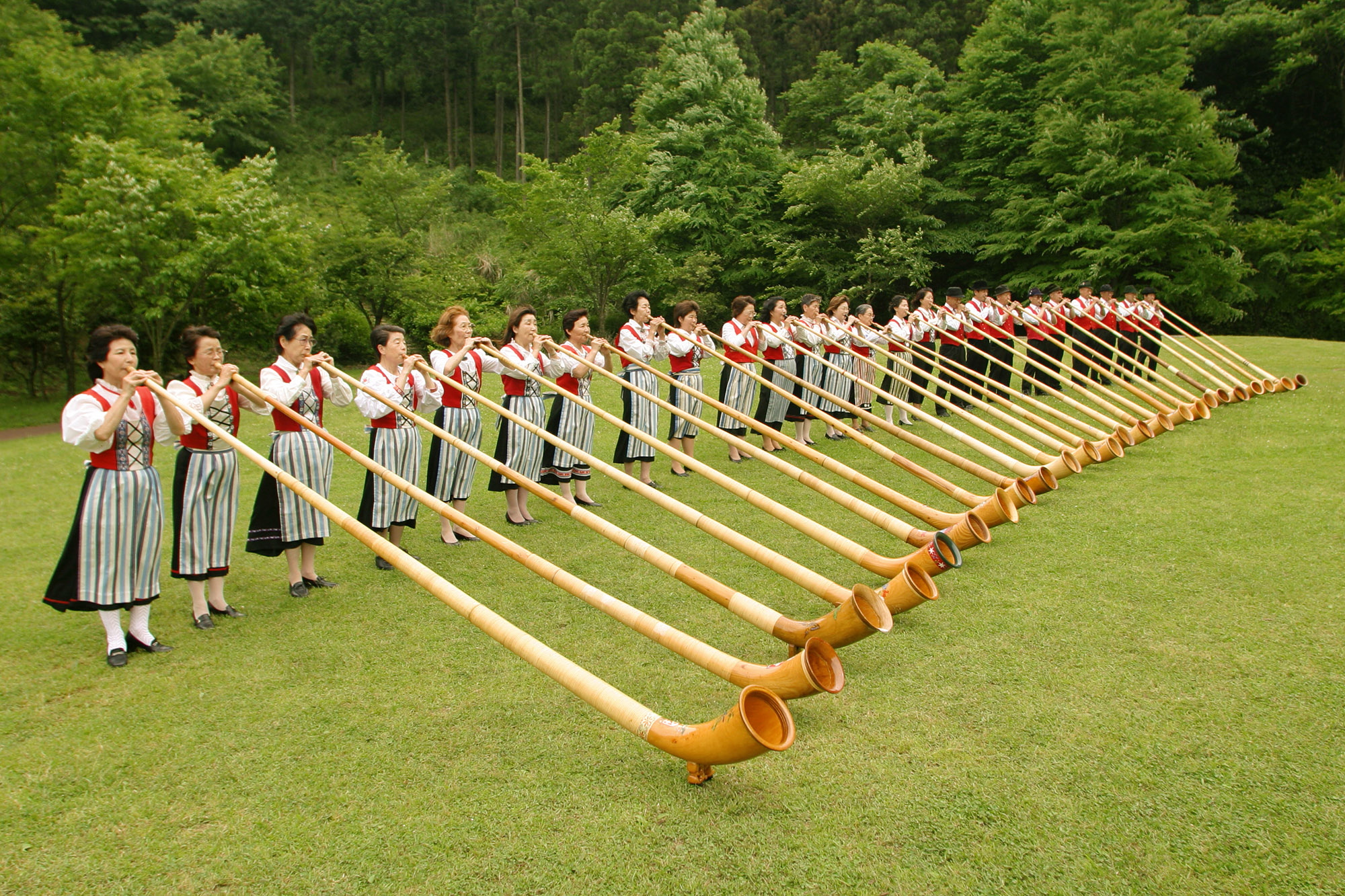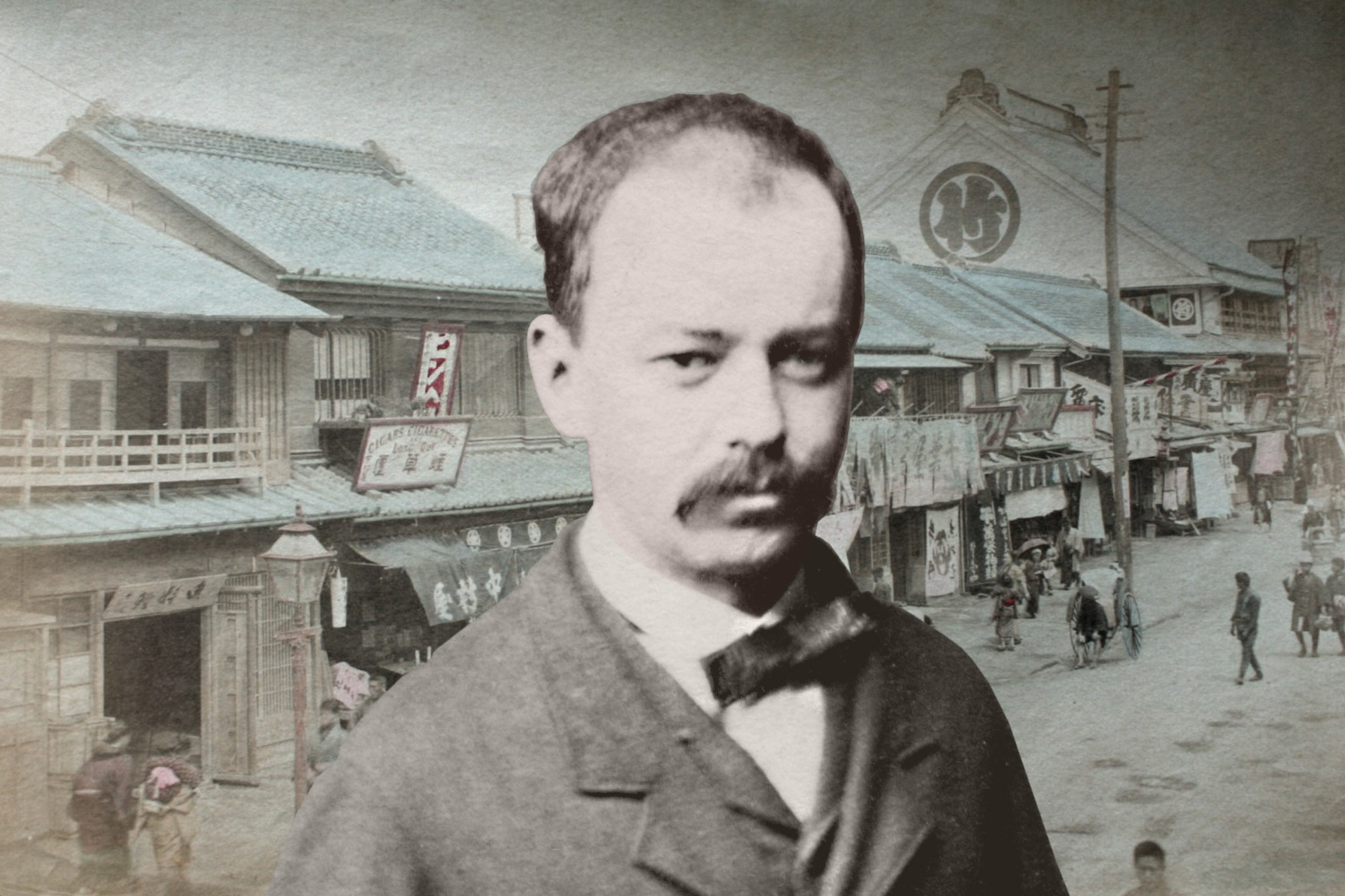-
 Photo: ©Fondation Barry / Patches: ©Tokyo Fire Department
Photo: ©Fondation Barry / Patches: ©Tokyo Fire Department
St. Bernard Patch (Tokyo Fire Department)
Kanto | Tokyo - Chiyoda Ward
Historical Figures & Locations
Who is Barry, the dog on every Tokyo rescuer’s shoulder?
Different species, same values

Firemen of the Tokyo Fire Department on their way to action
Whenever there is an emergency situation in Tokyo, they run to their truck, activate the alarm siren, and go risk their lives through fire and smoke to save those endangered. The firefighters of the Tokyo Special Rescue Team, like any of their counterparts in Japan and around world, are the epitome of courage and selflessness. Whenever their morale is low, however, they know that Barry is symbolically looking out for them.
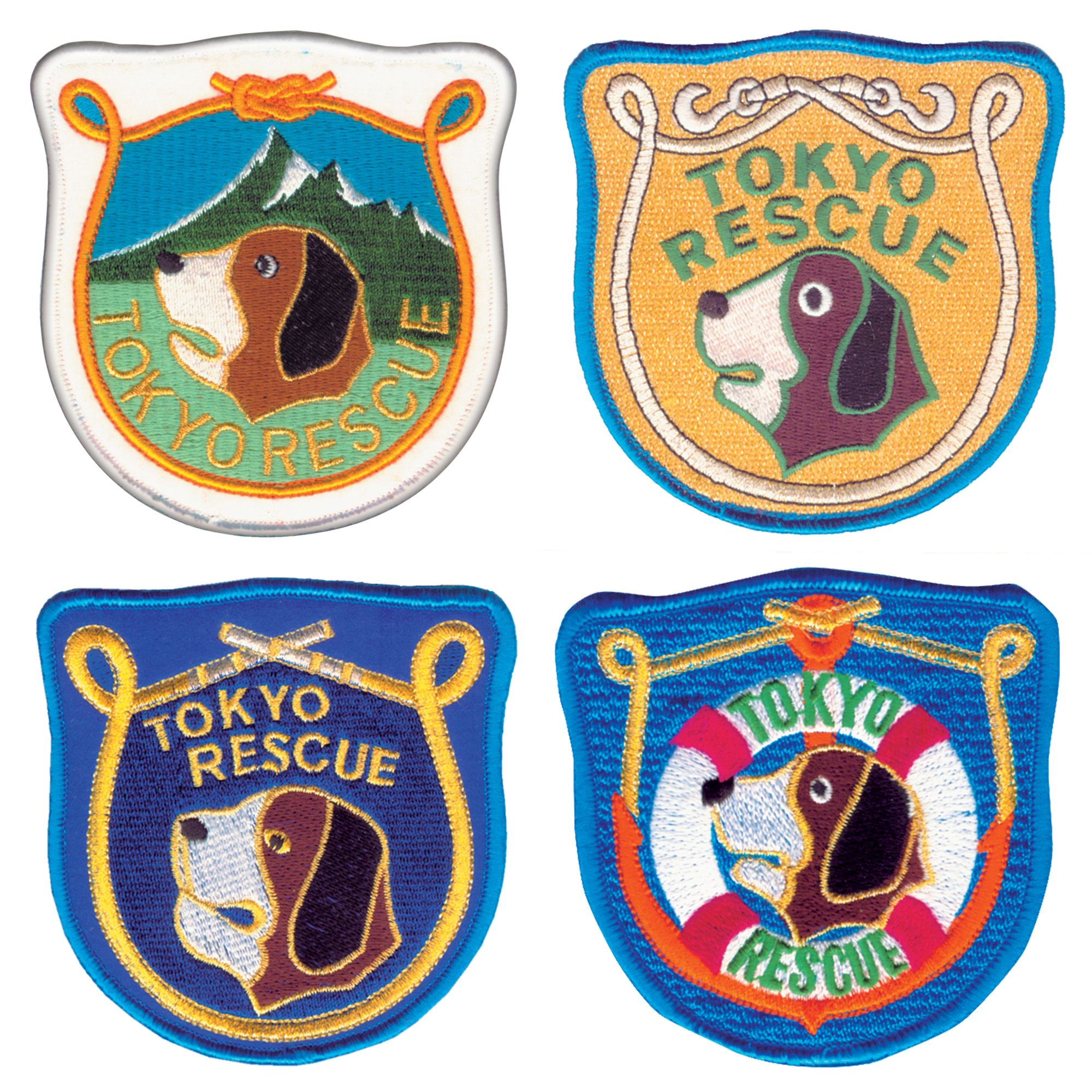
Left to right: Mountain Rescue Team; Hyper Rescue Team; Special Rescue Team; Marine Rescue Team (©Tokyo Fire Department)
Indeed, since 1973, the patch on their orange uniform (and those of their colleagues of the Hyper Rescue Team, Marine Rescue Team, and Mountain Rescue Team) proudly displays a St. Bernard Dog icon. Why such a design, so far away from Switzerland? To answer that question, we need to go back in time and tell the true story of a dog whose incredible exploits in the Swiss Alps over two hundred years ago have inspired all those embracing the profession - to the point of becoming a symbol of rescue.
The “People rescuers”
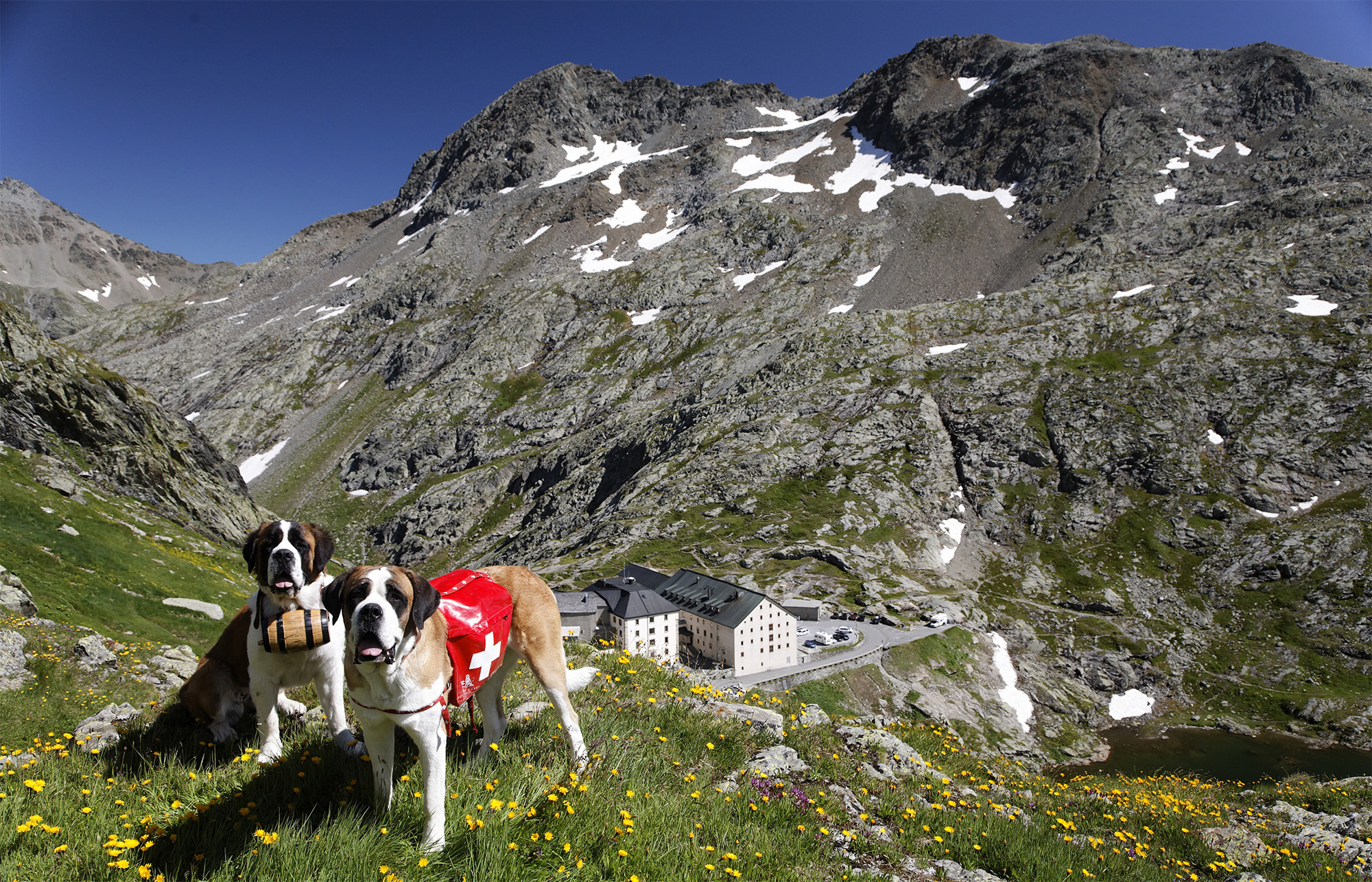
The Great St Bernard hospice, in the canton of Valais (©Iris Kuerschner)
The Saint Bernard dogs live at the Great Saint Bernard Pass (2,469 m.), located at the border between the canton of Valais (Switzerland) and Italy. Their breeding there started there in the Middle Ages, in a shelter founded by Augustinian monks. First used to carry loads, the good-natured dogs were soon taught how to find mountaineers buried in the snow by avalanches.
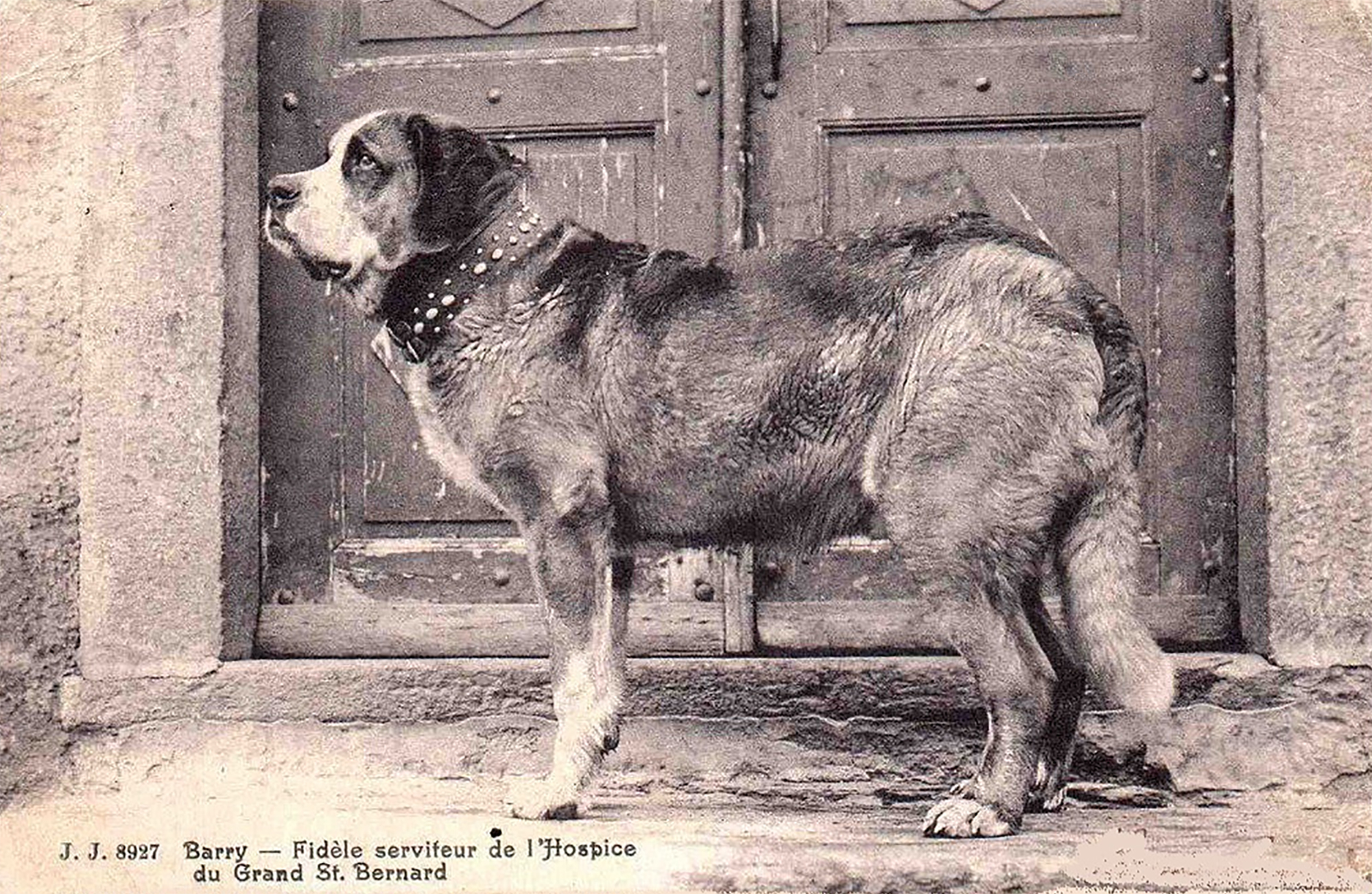
Illustration of Barry, the "People's rescuer" (1800-1814)
The most renowned and legendary of these rescue dogs, Barry der Menschenretter (1800-1814), was of smaller tenure than his contemporaries, but he made up for it with his incredible talent for rescue: he is said to have saved more than 40 people! His most famous act of bravery involved warming up the body of a small child he found in a cavern of ice by licking him, and carrying him on his back to a nearby mountain refuge. Locals were so thankful to the dog for his amazing service that upon his passing, they preserved his body and respectfully displayed it at the Natural History Museum, in Bern, where he still proudly stand to this day.
The spirit of Barry lives on
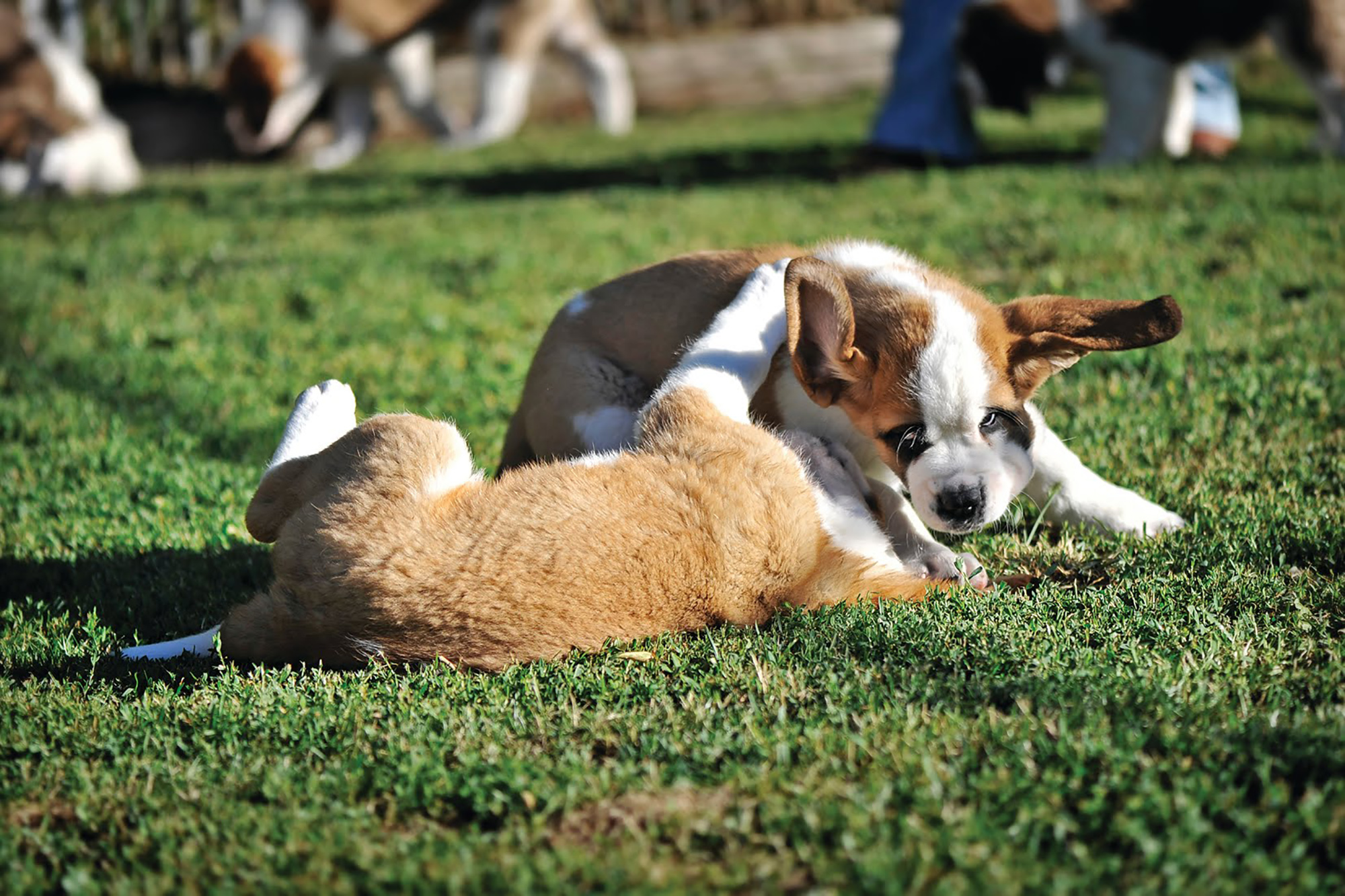
©Fondation Barry
Even though the main breeding location has since been moved away from the hospice to be taken care of by the Barry Foundation, tourists can still enjoy hiking and admiring the view in company of the friendly dogs at the Pass during summer. One of them, born in 2004, was named after his famous ancestor. Barryland, a museum in Martigny showcasing stories about the Saint Bernard dogs, also has an outdoor enclosure where these admirable four-legged friends can roam freely and play with visitors.
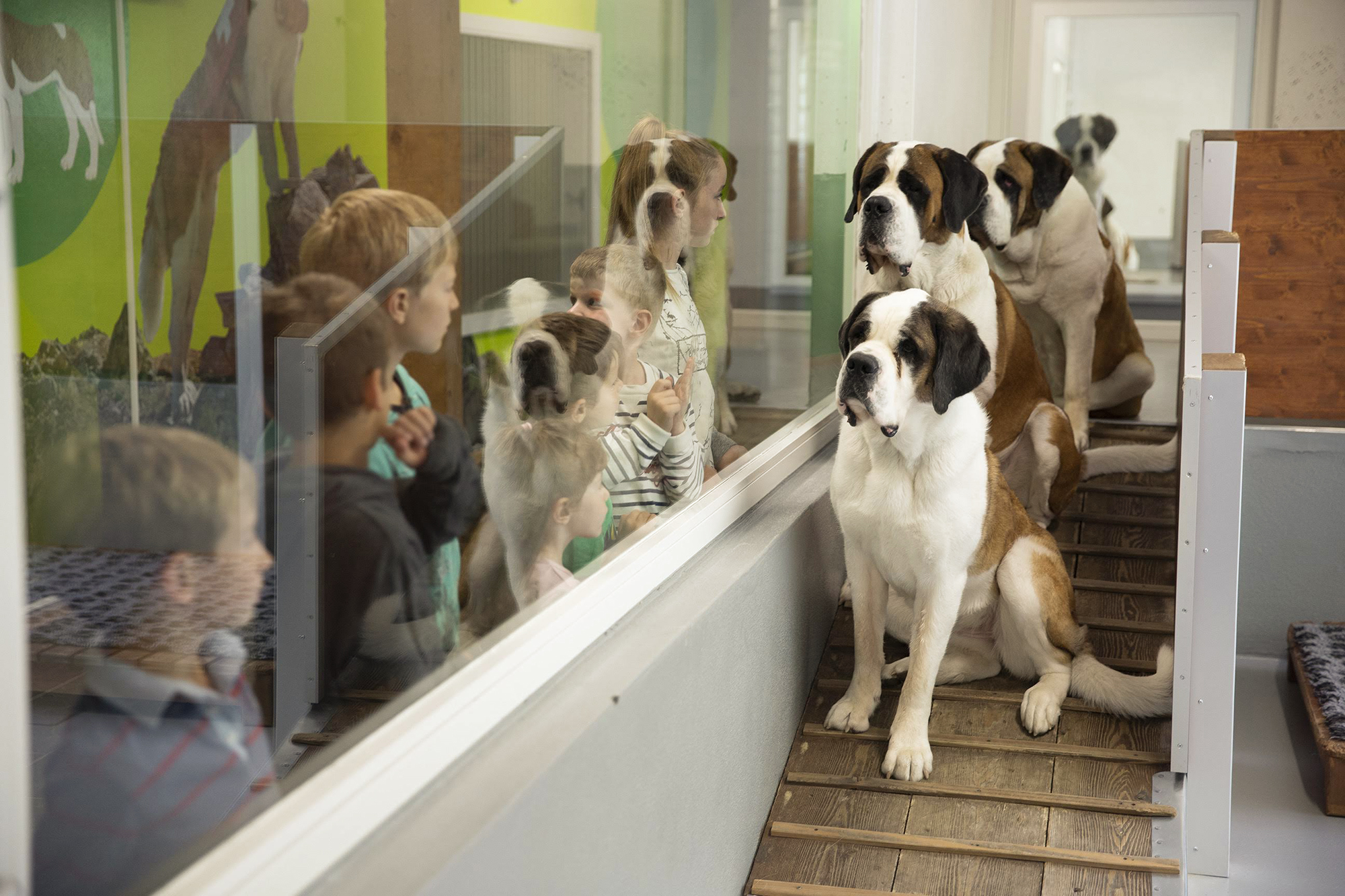
©Fondation Barry
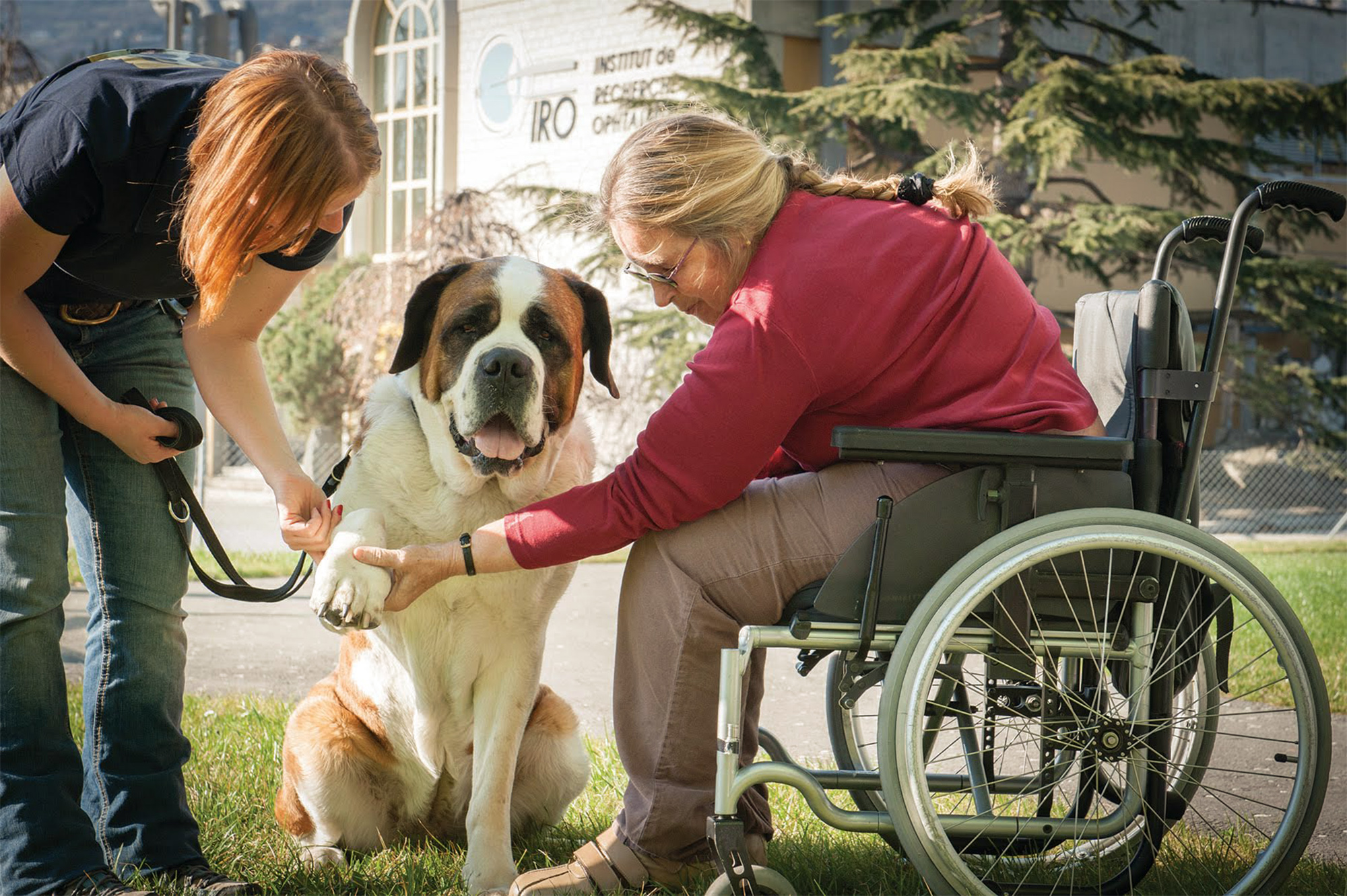
©Fondation Barry

©Fondation Barry
